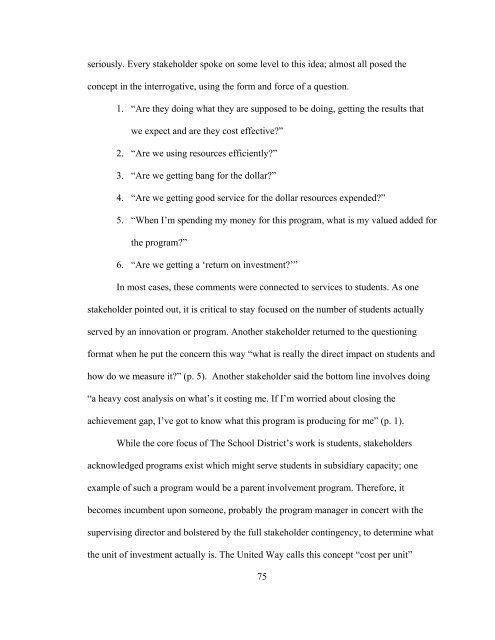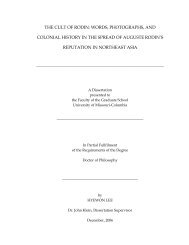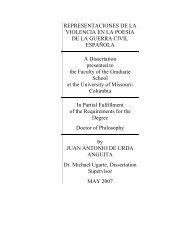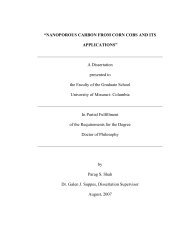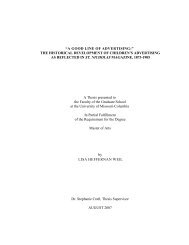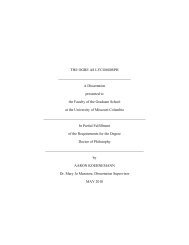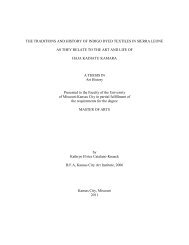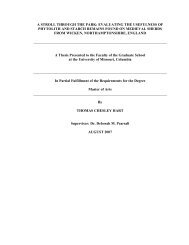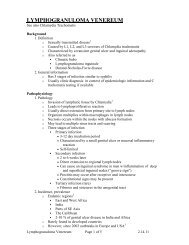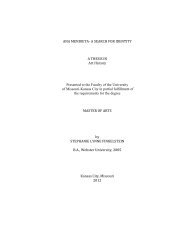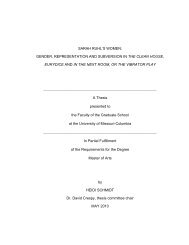Social Construction of Reality - Bad Request
Social Construction of Reality - Bad Request
Social Construction of Reality - Bad Request
Create successful ePaper yourself
Turn your PDF publications into a flip-book with our unique Google optimized e-Paper software.
seriously. Every stakeholder spoke on some level to this idea; almost all posed the<br />
concept in the interrogative, using the form and force <strong>of</strong> a question.<br />
1. “Are they doing what they are supposed to be doing, getting the results that<br />
we expect and are they cost effective?”<br />
2. “Are we using resources efficiently?”<br />
3. “Are we getting bang for the dollar?”<br />
4. “Are we getting good service for the dollar resources expended?”<br />
5. “When I’m spending my money for this program, what is my valued added for<br />
the program?”<br />
6. “Are we getting a ‘return on investment?’”<br />
In most cases, these comments were connected to services to students. As one<br />
stakeholder pointed out, it is critical to stay focused on the number <strong>of</strong> students actually<br />
served by an innovation or program. Another stakeholder returned to the questioning<br />
format when he put the concern this way “what is really the direct impact on students and<br />
how do we measure it?” (p. 5). Another stakeholder said the bottom line involves doing<br />
“a heavy cost analysis on what’s it costing me. If I’m worried about closing the<br />
achievement gap, I’ve got to know what this program is producing for me” (p. 1).<br />
While the core focus <strong>of</strong> The School District’s work is students, stakeholders<br />
acknowledged programs exist which might serve students in subsidiary capacity; one<br />
example <strong>of</strong> such a program would be a parent involvement program. Therefore, it<br />
becomes incumbent upon someone, probably the program manager in concert with the<br />
supervising director and bolstered by the full stakeholder contingency, to determine what<br />
the unit <strong>of</strong> investment actually is. The United Way calls this concept “cost per unit”<br />
75


